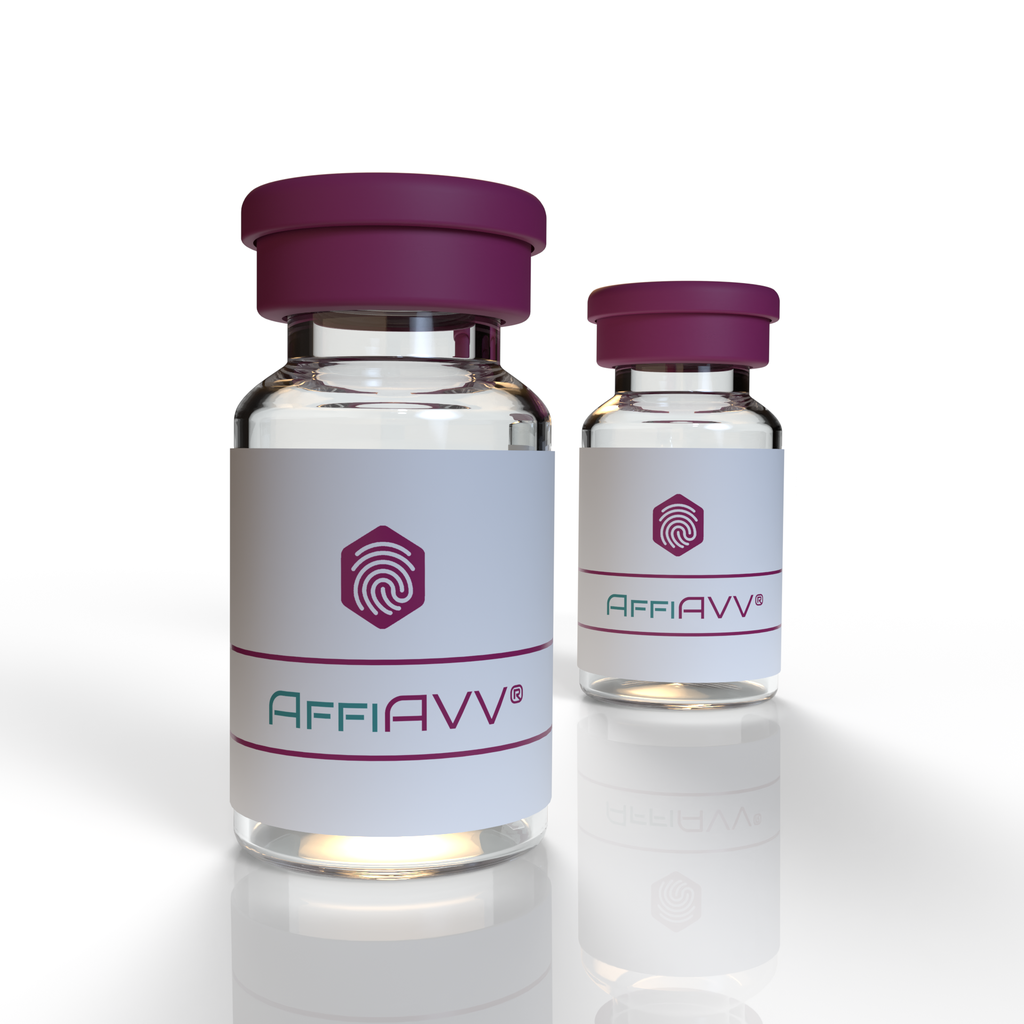rAAV-CAG-H2B-tdTomato-WPRE-hGH polyA
rAAV-CAG-H2B-tdTomato-WPRE-hGH polyA is a recombinant adeno-associated virus (rAAV) vector designed for targeted gene delivery. Here are the key components and features:
- CAG Promoter: Drives high-level, ubiquitous expression across various cell types, including neurons.
- H2B (Histone H2B): Tags the fluorescent protein to histones, allowing for visualization of the nucleus.
- tdTomato: A red fluorescent protein used for visualizing expression.
- WPRE (Woodchuck Hepatitis Virus Post-transcriptional Regulatory Element): Enhances transgene expression.
- hGH polyA (Human Growth Hormone Polyadenylation Signal): Ensures proper termination of transcription.
Application of rAAV-CAG-H2B-tdTomato-WPRE-hGH polyA
This rAAV vector is primarily used in research for high-level expression and visualization of nuclear structures in a wide range of cell types and tissues. The CAG promoter ensures robust expression, making it suitable for various cell labeling and imaging applications.
Advantage of rAAV-CAG-H2B-tdTomato-WPRE-hGH polyA
The combination of H2B and tdTomato allows for precise visualization of nuclei, with the added advantage of high-level expression driven by the CAG promoter. The inclusion of WPRE enhances overall transgene expression, and the hGH polyA ensures proper transcription termination. This vector is a powerful tool for cellular and subcellular imaging, providing clear and detailed visualization of nuclear structures.
Detailed Applications of rAAV-CAG-H2B-tdTomato-WPRE-hGH polyA
- Cell Labeling and Tracking:
- Enables precise labeling of cell nuclei for tracking cell division, migration, and differentiation.
- Suitable for studying dynamic cellular processes in live tissues.
- Neuroscience Research:
- Allows for visualization of neuronal nuclei, aiding in studies of neuronal development, connectivity, and function.
- Useful for mapping neural circuits and understanding brain organization.
- Developmental Biology:
- Facilitates the study of nuclear dynamics during embryonic development.
- Can be used to investigate the spatial and temporal patterns of cell division and differentiation.
- Cancer Research:
- Helps in visualizing and tracking cancer cell proliferation and metastasis.
- Useful for studying the effects of anti-cancer treatments on tumor cells.
- Histological Studies:
- Provides a clear marker for nuclear structures in histological sections.
- Aids in the analysis of tissue architecture and cellular organization.
- Gene Expression Studies:
- Allows for the study of gene expression patterns at the single-cell level.
- Useful for investigating how gene expression correlates with nuclear morphology and positioning.
